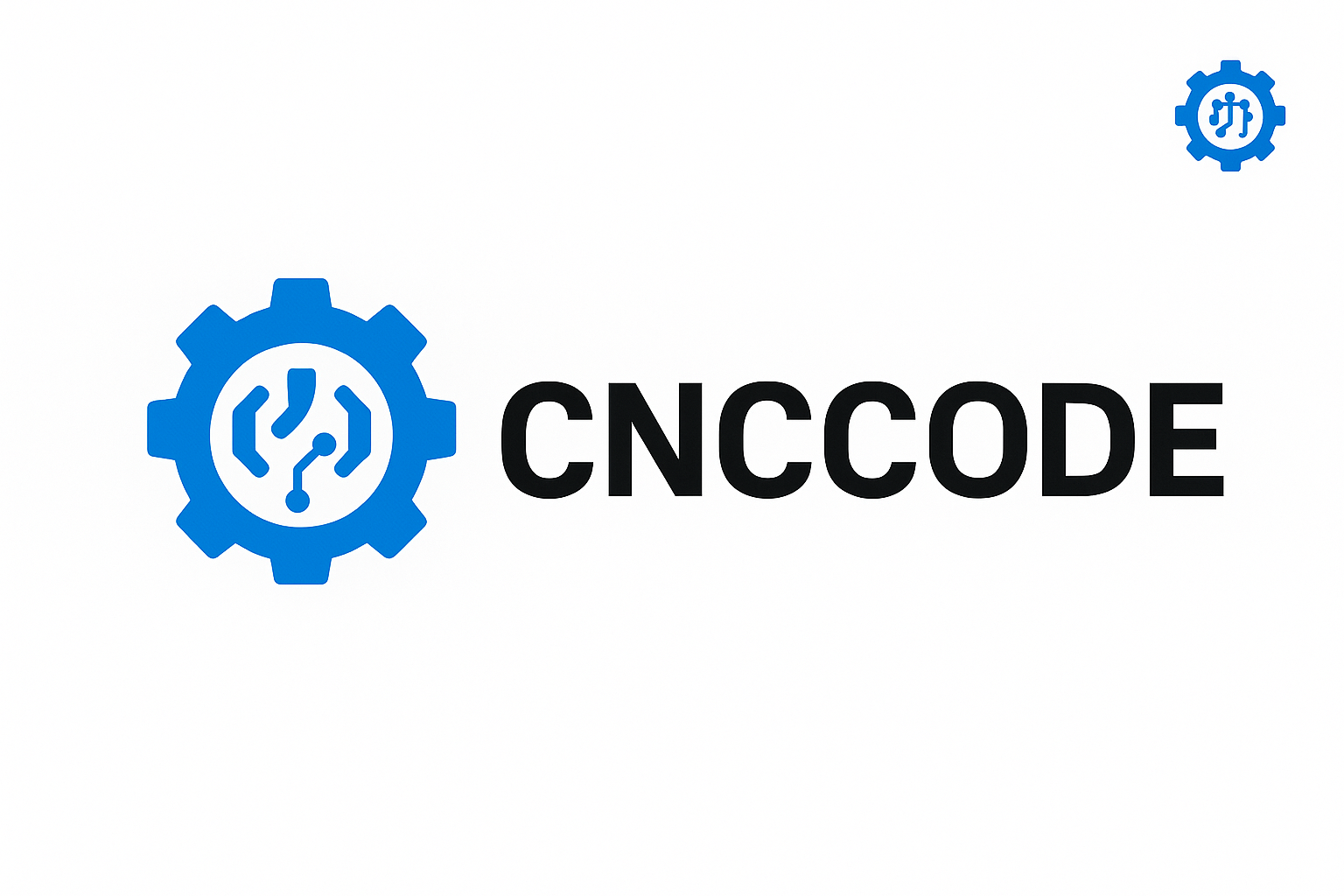🔍 Introduction
If you’re working with CNC machines, you’ve definitely come across G-code. But do you really know what it does?
In this all-in-one G-code tutorial, we’ll demystify G-code, line by line. Whether you’re a hobbyist or an advanced machinist, understanding G-code unlocks full control of your machine — and gives you a serious edge.
📚 Table of Contents
- What Is G-Code and Why Is It Important?
- G-Code vs M-Code: What’s the Difference?
- Basic G-Code Structure (Line-by-Line)
- Essential G-Codes Every Operator Must Know
- Real-World G-Code Example (Explained)
- Advanced G-Codes: Tool Offsets, Loops, and More
- How to Write and Edit G-Code
- Online G-Code Simulators & Editors
- Common G-Code Mistakes to Avoid
- Final Tips for G-Code Mastery
🧩 1. What Is G-Code?
G-code is the programming language that tells CNC machines how to move — what to cut, how fast to go, where to go, and in what order. It’s short for “Geometric Code” and consists of commands like:
G01 X10 Y20 F100
Which means: Move in a straight line to X=10, Y=20 at a feed rate of 100mm/min.
⚙️ 2. G-Code vs M-Code
| Code | Purpose |
|---|---|
| G-Code | Controls motion (position, speed, interpolation) |
| M-Code | Controls machine functions (spindle, coolant, tool changes) |
Example:
G01= Linear moveM03= Spindle on (clockwise)
📄 3. Basic G-Code Line Structure
Each line (called a block) typically includes:
- G-command (motion type)
- Coordinates (X, Y, Z)
- Feed Rate (F)
- Spindle Speed (S)
- Tool Number (T)
- Misc Code (M)
Example:
G00 X0 Y0 Z5 ; Rapid to start point
G01 Z-1 F200 ; Lower tool into workpiece
G01 X50 Y50 ; Diagonal cut
M05 ; Spindle off
🧠 4. Essential G-Codes to Know
| G-Code | Description |
|---|---|
| G00 | Rapid positioning |
| G01 | Linear interpolation (cutting move) |
| G02/G03 | Clockwise/counterclockwise arc |
| G17/G18/G19 | Plane selection (XY, XZ, YZ) |
| G20/G21 | Units (inch/mm) |
| G90/G91 | Absolute/Incremental positioning |
| G28 | Return to home |
| G40 | Cancel cutter compensation |
| G54–G59 | Work coordinate systems |
💡 5. Real G-Code Example (Explained)
G21 ; Set units to mm
G90 ; Absolute positioning
G00 X0 Y0 Z5 ; Move above starting point
M03 S12000 ; Start spindle at 12000 RPM
G01 Z-2 F300 ; Lower into material
G01 X50 Y50 F600 ; Cut a diagonal line
G00 Z10 ; Retract
M05 ; Spindle off
M30 ; End program
This code makes a simple diagonal cut starting from 0,0 down to 50,50 at a safe speed.
🧠 6. Advanced G-Codes to Explore
- G41 / G42: Cutter radius compensation
- G83: Peck drilling cycle
- G76: Thread cutting
- G68: Coordinate rotation
- G70–G73: Canned cycles
- G65: Custom macro call
These codes increase efficiency and automation in production.
✍️ 7. How to Write & Edit G-Code
You can write G-code using:
- Notepad or any plain text editor
- CNC simulator tools (like CAMotics or NC Viewer)
- Post-processors in CAD/CAM software like Fusion 360 or SolidCAM
Always test with dry runs before production!
🌐 8. Best G-Code Simulators (Free)
- NC Viewer – Free, browser-based
- CAMotics – 3D simulation
- GrblGru – Ideal for GRBL-based machines
- CNC Simulator Pro – Desktop with machine library
- Autodesk Fusion 360 – Built-in simulation tools
🚨 9. Top G-Code Mistakes to Avoid
- Forgetting to set units (G20/G21)
- Incorrect feed rates causing tool breakage
- Missing Z-clearance moves
- Overwriting work offsets
- Running absolute when you meant incremental (G90 vs G91)
🎯 10. Final G-Code Mastery Tips
✅ Start with clean code
✅ Comment your blocks for clarity
✅ Use simulation tools
✅ Keep backups of tested code
✅ Learn one new G-code every week
🔚 Conclusion
Mastering G-code transforms you from machine operator to machine commander. It gives you freedom, flexibility, and fine-tuned control over every cut.
Whether you’re machining aircraft parts or carving a wooden sign, understanding G-code is the key to unlocking CNC’s full potential.
👉 Want to learn with real examples, files, and community advice?
Join the conversation at cnccode.com!

Leave a comment